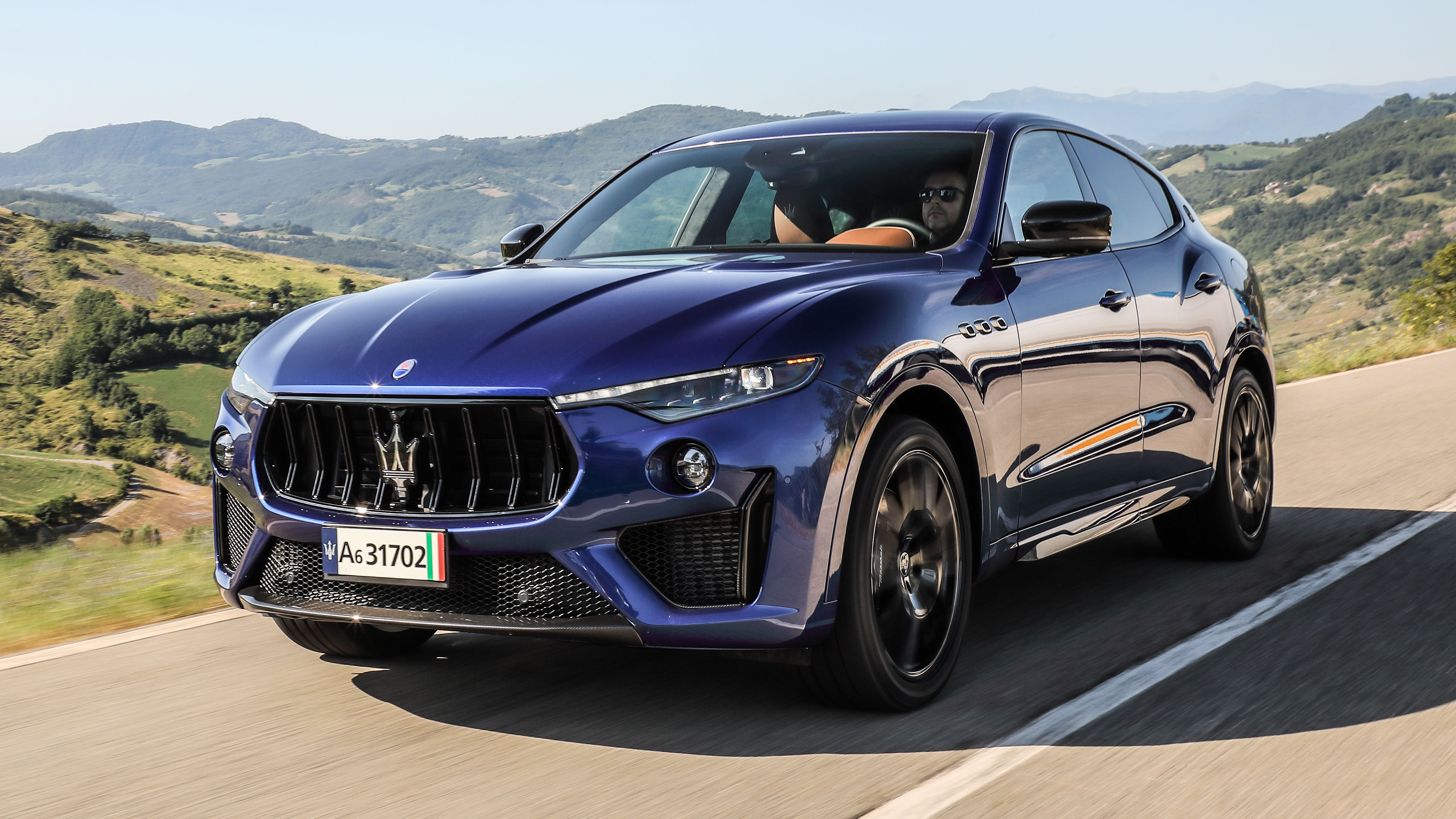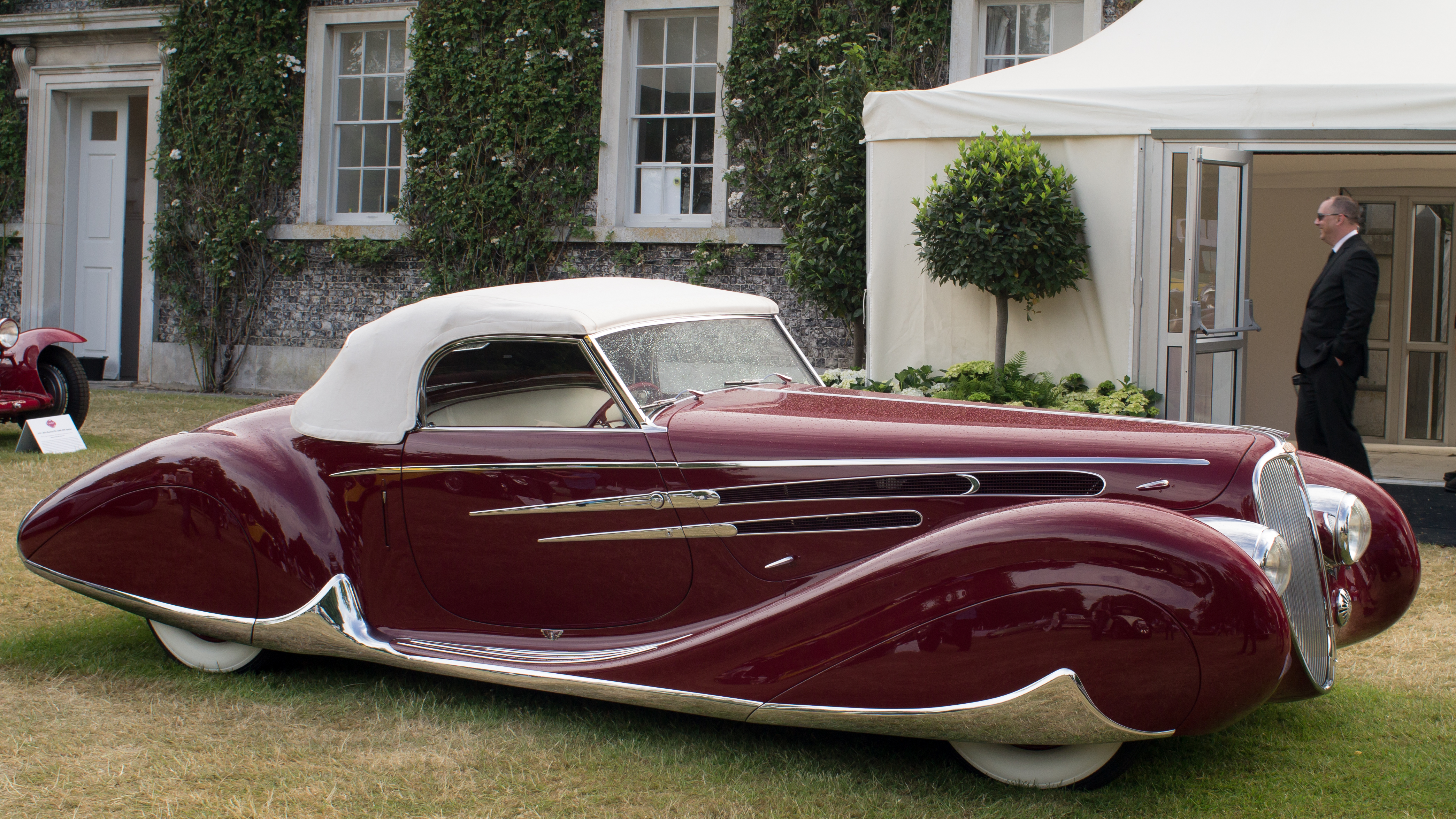
Buying your first luxury vehicle is an exciting milestone, often representing years of aspiration and hard work. The allure of superior performance, cutting-edge technology, and top-tier comfort is undeniable, promising a driving experience unlike any other. This significant investment, however, demands thoughtful planning and a clear understanding of the financial landscape that extends far beyond the sticker price.
Despite the enthusiasm, even the most discerning buyers can inadvertently overlook crucial steps, falling prey to common car-buying mistakes that can swiftly diminish the joy of luxury shopping. From fixating solely on the initial price tag to making uninformed financing decisions, these missteps can catch new luxury buyers off guard. The goal is to empower you to make confident, informed decisions, ensuring your luxury experience is one of lasting satisfaction, not regret.
This comprehensive guide is designed to illuminate what *not* to do when purchasing a premium vehicle, especially when navigating the high-stakes world of luxury for the first time. We’ll delve into the most common financing follies and ownership mistakes that can cost you far more money than they should, transforming a dream car into a financial burden. By understanding these pitfalls, you can sidestep financial disaster and secure a vehicle that truly enhances your lifestyle.

1. **Failing to Understand the Total Cost of Ownership**One of the most common and costly mistakes first-time luxury car buyers make is focusing exclusively on the sticker price. While that initial figure is certainly substantial, it represents only a fraction of the total financial commitment required to own a premium vehicle. Luxury cars, by their very nature, come with a suite of ongoing expenses that can significantly inflate your overall outlay if not properly anticipated and budgeted for.
Savvy buyers understand that the true cost of ownership encompasses a broader spectrum of financial responsibilities. This includes significantly higher insurance premiums due to the vehicle’s value and repair costs, the specific fuel type and its economy (many luxury cars demand premium fuel and may have lower MPG), routine maintenance, and potential extended warranty options. Specialized parts and labor for luxury brands can quickly add up, often exceeding the cost of servicing conventional vehicles.
Furthermore, it’s crucial to consider the projected resale value and reliability ratings of the specific model and brand you are eyeing. Brands like Mercedes-Benz, for instance, have a reputation for both innovation and durability, particularly when meticulously maintained. Choosing a vehicle with strong reliability ratings helps to protect your investment over the long haul, mitigating rapid depreciation.
Getting pre-approved for an auto loan through your bank, credit union, or even a trustworthy car dealership before you shop can provide an invaluable clear picture of your actual monthly payment expectations. This proactive step not only helps you understand what you can truly afford but also strengthens your position during price negotiations, giving you leverage and confidence in the buying process.
Read more about: Decoding Used Car Regrets: Mechanics’ Blacklist Picks and Essential Pitfalls to Avoid for Smart Buyers

2. **Skipping or Rushing the Test Drive**The test drive is far more than a mere formality or a box to check off the list; it is an indispensable part of the luxury car buying journey. This is your primary opportunity to form a genuine connection with the vehicle, to understand precisely how it integrates into your daily life and meets your personal expectations. To skip this critical step, or to rush through it under pressure, is to invite potential regret later on.
During a test drive, you move beyond the aesthetic appeal and showroom specifications. You get to truly experience how the car feels on various road conditions, how the steering responds to your commands, and critically, whether you can see clearly from every angle, identifying any potential blind spots. It’s essential to pay close attention to cabin noise, ride quality, and the intuitive functionality of the infotainment systems, as these elements profoundly impact your long-term satisfaction.
Many first-time luxury buyers incorrectly assume that all premium sedans or SUVs will offer a similar driving experience. This is a significant misconception; “They don’t.” Each manufacturer, and indeed each model, possesses unique characteristics in handling, comfort, and technological integration. A car that looks impressive in an advertisement might not feel right when you’re behind the wheel, making it a potentially costly mismatch for your lifestyle.
Therefore, take your time and do not succumb to any pressure to accelerate the test-driving process. Drive the car in a variety of scenarios, including city streets, highway stretches, and even routes you frequently take. This comprehensive evaluation ensures that the substantial investment you’re about to make aligns perfectly with your practical needs and personal driving preferences, safeguarding your long-term enjoyment.
Read more about: Unlocking Your Mornings: 14 Routines to Ditch for Sustainable Energy and Burnout-Proof Days

3. **Accepting High Interest Rates**One of the most direct and substantial ways to increase the overall cost of your luxury vehicle purchase is by accepting a high interest rate on your car loan. While it might seem like a small percentage point difference, over the life of a loan, particularly for an expensive luxury car, this difference can amount to hundreds, if not thousands, of dollars in additional, unnecessary expenditure. It directly inflates your monthly payments and the total amount you repay.
For some individuals, particularly those with less-than-stellar credit scores, a high-interest rate loan might appear to be the only available option. However, even in such circumstances, there are often avenues to explore that can lead to better terms. The key lies in proactive research and diligent comparison shopping. Not exploring these alternatives is a common mistake that can have significant financial repercussions.
To avoid this pitfall, it is paramount to “carefully compare loan options” from a variety of lenders. Don’t limit yourself to just one; seek out quotes from your bank, local credit unions, and reputable online lenders. You might find that some institutions are willing to offer a more favorable rate, especially if you can secure a reliable cosigner or are able to make a larger down payment, both of which reduce the lender’s risk.
Understanding your credit score before you begin loan shopping is also critical. A higher credit score signals lower risk to lenders, making you eligible for more competitive interest rates. Even knocking off “just one percentage point of interest from a $45,000 car loan over 60 months could save hundreds of dollars in interest paid over the life of the loan,” underscoring the importance of securing the best possible rate.
Read more about: Harrison Ford: The Accidental Star from Carpenter to Cultural Icon – An In-depth Journey Through Seven Decades of Hollywood

4. **Choosing Long Loan Terms**The appeal of lower monthly payments is powerful, especially when contemplating a high-value luxury vehicle. This often leads buyers down the path of extended loan terms, stretching repayments over 72 or even 84 months. While this strategy undeniably reduces the immediate burden of your monthly outlay, it is a classic financing folly that dramatically increases the total cost of the vehicle in the long run.
The fundamental issue with long loan terms is simple: “The longer a car loan is, the more time there is for interest to build on the balance, driving up the cost of a vehicle.” Consider an example: a $30,000 loan at a 5.54% interest rate over 60 months results in approximately $4,415 in interest. Extend that same loan to 84 months, and your total interest paid skyrockets to $6,260, making the vehicle significantly more expensive overall.
Beyond the increased interest, longer loan terms also significantly elevate the risk of falling into a state of negative equity, or being ‘upside down’ on your loan. This occurs when you owe more on the car than its current market value, a common drawback of extended terms. Should you need to sell the car prematurely or it gets totaled, you could face a substantial financial deficit.
Therefore, when deciding on your auto loan term, it is crucial to carefully weigh your priorities. “A short loan term will cost you less in interest overall but will have high monthly payments, while a long loan term will have lower monthly payments but higher interest costs over time.” Striving for the shortest term you can comfortably afford will save you money and free up your finances faster.
Read more about: Retirement Planning Perils: 14 Common (and Costly) Mistakes Every Pre-Retiree Needs to Avoid
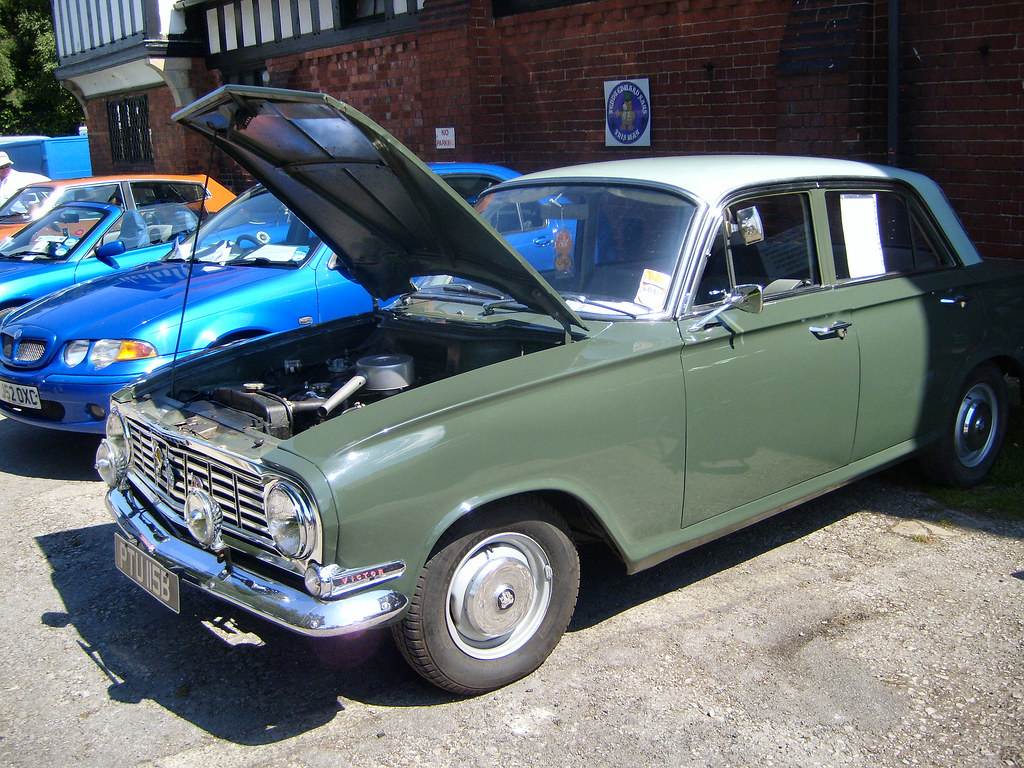
5. **Making a Large Initial Deposit on a Lease**When purchasing a vehicle, making a substantial down payment is almost universally considered a smart financial move. It reduces the principal amount you need to finance, lowers your monthly payments, and decreases the total interest paid over the loan’s duration. However, this wise practice does not translate directly when it comes to leasing a luxury car, where a large initial deposit can often be “not as beneficial.”
While a significant upfront payment on a lease will indeed result in lower monthly payments, the financial drawback is that you are tying up a considerable amount of capital without building equity in the asset. Unlike a purchase, where your down payment contributes to ownership, a lease is essentially a long-term rental agreement. The money you put down upfront is largely spent, rather than invested towards owning the vehicle.
The core issue here is that this money is effectively “wasting money that could be invested otherwise or used to pay off the car loan sooner” if you were purchasing. In a lease, a large deposit primarily serves to reduce your monthly cash flow, but it doesn’t give you a better return on investment or a tangible asset that appreciates in value. Should the leased vehicle be stolen or totaled early in the term, your large upfront payment may be partially or entirely lost, depending on your insurance and lease agreement.
The alternative approach for leasing is to find a “sweet spot where your monthly payment fits your budget, and you do not spend more than you should on the least expensive items.” Instead of a hefty upfront payment, focus on negotiating a favorable capitalized cost (the car’s price in a lease), a low money factor (equivalent to an interest rate), and ensuring you understand all fees. This keeps your capital flexible while still achieving affordable monthly payments.
Read more about: Beyond the Battlefield: 12 Innovations in Personal Firearms That Reshaped Society and Technology
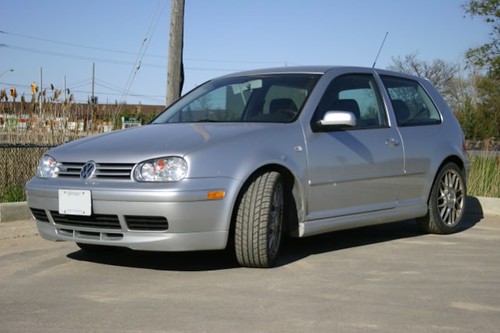
6. **Leasing When You Plan to Own**The appeal of leasing a luxury vehicle is undeniable for many, primarily driven by the promise of lower monthly payments compared to outright purchasing. It also offers the attractive prospect of driving a brand-new car every few years, often under warranty, without the hassle of resale. However, this strategy becomes a significant financial misstep if your underlying intention is to ultimately own the vehicle. In such scenarios, “leasing becomes too expensive.”
The fundamental reason for this financial inefficiency lies in the nature of leasing. When you lease, you are essentially paying for the vehicle’s depreciation during the lease term, plus interest (the money factor) and various fees. You don’t build equity in the car. Should you decide at the end of the lease that you want to buy the vehicle, you’ll have to pay its residual value, and all the money you’ve already paid in lease payments doesn’t count towards that purchase price.
Moreover, leasing often comes with “mileage restrictions and the inability to build equity in the vehicle limit your financial health.” Exceeding these mileage limits can incur hefty penalties, further increasing your overall cost. If you’re someone who plans to drive a lot or keep a car for an extended period, these restrictions make leasing an unsuitable and costly choice for your long-term needs.
The more financially sound alternative, if ownership is your goal, is to “buy instead.” Rather than opting for a lease, secure a loan. “Choose a loan term that fits your monthly budget needs and then work to pay off that loan as quickly as possible.” By doing so, you build equity with every payment, eventually owning an asset that can be traded in or sold, providing a return on your investment rather than a continuous expense. This deliberate approach ensures your luxury car acquisition aligns with a sound financial strategy.”
Read more about: Eat Cleaner, Sleep Deeper: The 10 Worst Dinner Choices Disrupting Your Rest, According to Sleep Experts
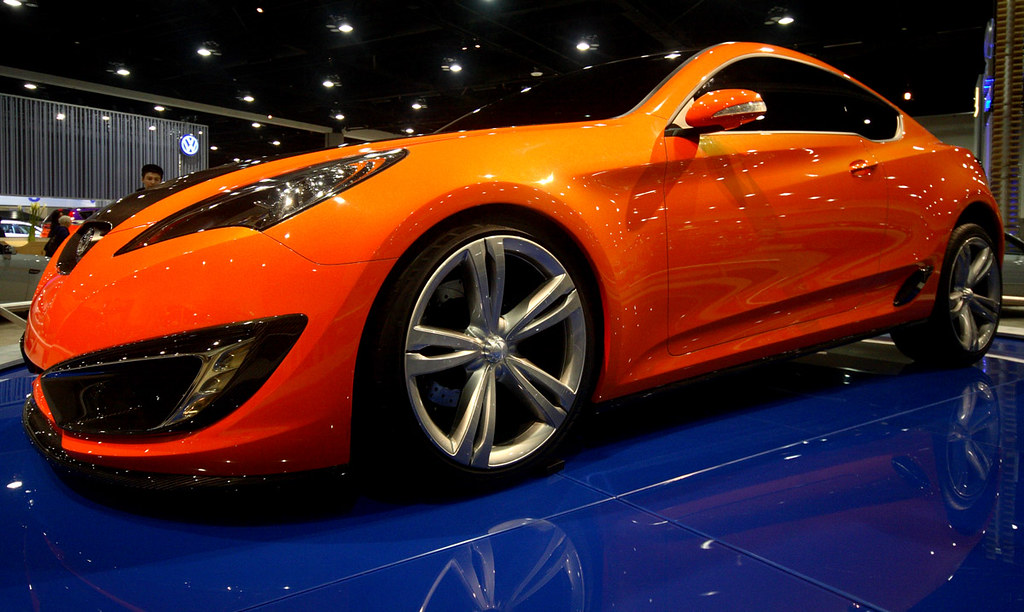
7. **Rolling Over Negative Equity**One of the most insidious long-term financial traps for car owners is the practice of rolling over negative equity from an old vehicle into a new loan. Negative equity occurs when you owe more on your car loan than the vehicle is currently worth, a common drawback often exacerbated by extended loan terms or rapid depreciation. This seemingly convenient option can significantly inflate your new loan’s principal amount, setting you up for continued financial strain.
Lenders might permit you to carry this deficit into a fresh financing agreement, but it is unequivocally “not a smart financial move.” By doing so, you are effectively paying interest on both your current and previous car, leading to a higher overall debt burden. This practice can push your new monthly payments beyond a comfortable threshold or force you into an even longer loan term, perpetuating a cycle of being perpetually “upside down” on your vehicle.
The financial repercussions are clear: your total interest paid escalates dramatically, making the new luxury vehicle far more expensive than its sticker price suggests. Should you need to sell the car prematurely or if it is totaled, you could still face a substantial financial deficit. This scenario leaves you without a vehicle but with a continuing obligation for a car you no longer possess.
To avoid this costly pitfall, prioritize resolving any existing negative equity before considering a new purchase. The most prudent approach is to “pay off your old auto loan before taking out the new one.” Alternatively, if feasible, paying off the negative equity upfront to the dealer can help you bypass paying excess interest on what is essentially old debt, ensuring your new luxury car starts on a solid financial footing.
Read more about: Unmasking the Markup: Your Essential Guide to Spotting and Avoiding Hidden Car Dealer Fees
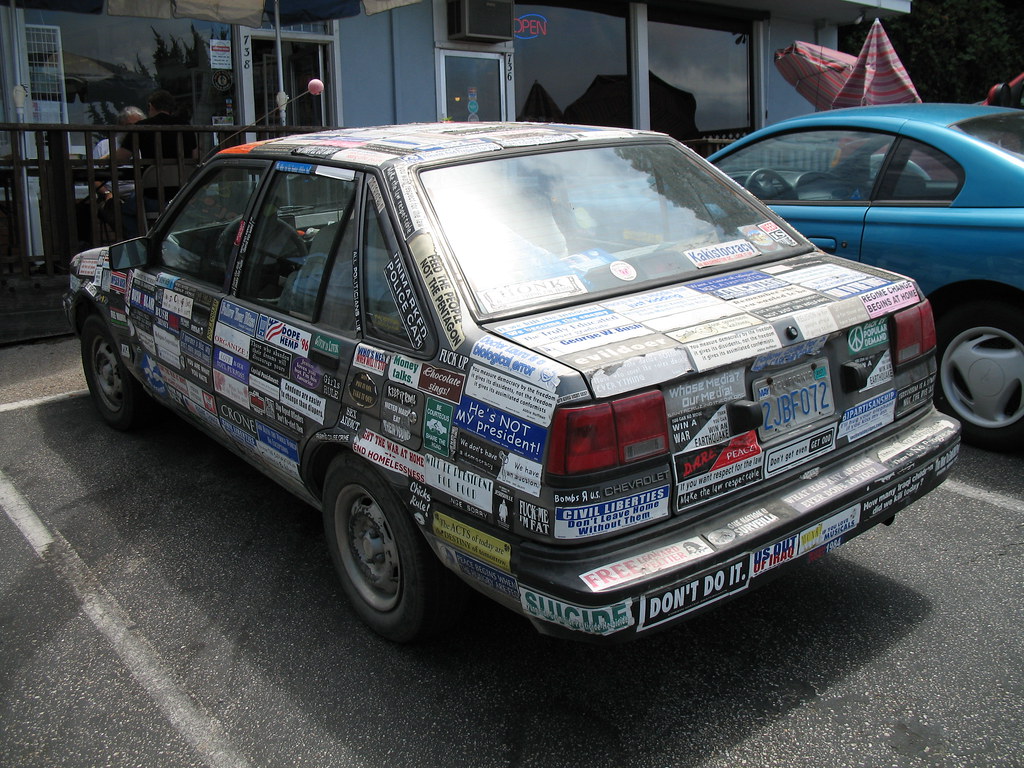
8. **Not Shopping Around for Financing**Many first-time luxury car buyers, eager to finalize their purchase, fall into the trap of accepting the first financing offer presented, often from the dealership itself. While dealer-arranged financing can offer convenience, it’s a common mistake to assume it automatically provides the best rates. Dealerships frequently “mark their rates up by a few percentage points,” which, over the life of a loan on a high-value luxury vehicle, can equate to thousands of dollars in avoidable costs.
The allure of a one-stop-shop can be strong, but this complacency can directly impact your financial health. Dealers are in the business of selling cars and often profit from financing arrangements as well. Relying solely on their offer means missing out on potentially more favorable terms that could be secured elsewhere. This lack of comparison shopping leaves consumers vulnerable to higher interest rates and less advantageous loan conditions.
To empower yourself in this crucial stage, it is paramount to “shop outside the dealership to find the best rates possible.” Before stepping onto the sales floor, proactively seek loan quotes from a variety of lenders, including your personal bank, local credit unions, and reputable online lenders. Obtaining pre-approval from these external sources provides a clear understanding of the competitive interest rates available to you.
Being pre-approved transforms your negotiating position; you effectively walk into the dealership as a “cash buyer.” This leverage allows you to focus discussions on the vehicle’s purchase price, rather than being swayed by monthly payment figures dictated by inflated interest rates. Knowing your external options means you can confidently challenge any less-than-optimal dealership offers, ensuring you secure financing that aligns with your best financial interests.
Read more about: Your Ultimate Guide to Navigating the Used Car Market: Avoid Rip-Offs and Drive Away with Confidence

9. **Not Second-Guessing Dealer Extras**Luxury vehicle purchases often come hand-in-hand with an array of tempting dealer extras and aftermarket products, presented as essential enhancements to your new prized possession. These can include extended warranties, gap insurance, paint protection, VIN etching, or expensive maintenance packages. While some of these might offer legitimate value, a significant financial folly is to unquestioningly accept them, especially when they are “wrapped them into your financing.”
The immediate appeal of these add-ons often overshadows their true cost, particularly when financed. When you include these items in your car loan, you are not only paying for the product or service itself but also accumulating interest on it over the entire loan term. This significantly inflates the overall expense of these extras, transforming what might seem like a small monthly increase into a substantial financial outlay over years.
A consumer-centric approach dictates a thorough evaluation of each add-on. First, assess whether the feature genuinely provides value for your specific needs and driving habits. Second, “check if the add-on, warranty or product is available outside the dealership for less.” Third-party providers often offer comparable products, such as extended warranties or gap insurance, at a fraction of the dealership’s price.
If you determine an add-on is truly worthwhile, the most financially prudent strategy is to “pay for it out-of-pocket” rather than financing it. This avoids accruing interest and keeps your main car loan focused solely on the vehicle itself. By questioning every fee and considering external options, you can safeguard your budget from unnecessary additions and ensure every dollar spent genuinely enhances your luxury driving experience.

10. **Not Considering Used Luxury Cars**The intoxicating allure of a brand-new luxury vehicle is powerful, but automatically dismissing the option of a pre-owned model can be a significant financial misstep. One of the most critical factors often overlooked is the dramatic “depreciation” that new cars experience the moment they leave the dealership lot. This immediate loss in value means you instantly incur “instant negative equity,” essentially owing more than the car is worth from day one.
This rapid depreciation has long-term financial implications. When it comes time to trade in or sell your vehicle years down the line, its diminished value might leave you with far less equity than anticipated. This can complicate future car purchases or leave you with a less valuable asset than you initially envisioned, undermining the investment aspect of a luxury purchase.
Savvy buyers understand that luxury vehicles, even when pre-owned, can offer exceptional value without the steep initial depreciation curve. “Before you buy a new car, consider the older models available.” Many luxury cars are meticulously maintained by their first owners and become available after just a few years with low mileage, providing nearly new features and performance at a significantly reduced price point. This allows you to “get behind the wheel of a new vehicle every few months” without the financial burden of new car depreciation.
Exploring the market for certified pre-owned (CPO) luxury vehicles is an intelligent strategy. CPO programs often include rigorous inspections, extended warranties, and roadside assistance, offering peace of mind similar to a new car but with a more favorable price tag. By expanding your search beyond brand-new models, you can find a luxury vehicle that delivers on performance and prestige while being a far wiser financial investment.
Read more about: Walk Away Now: 10 SUVs That Are Guaranteed to Bring Buyer’s Remorse
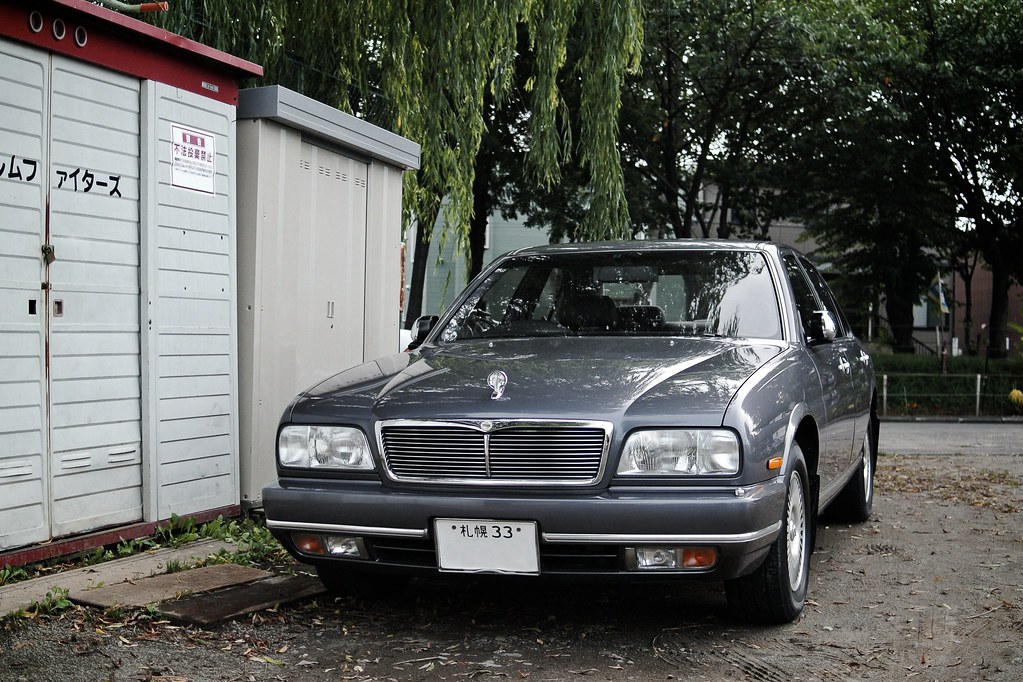
11. **Overlooking the “Money Pit” Nature of Older Used Luxury Cars**While considering used luxury cars can be a smart financial move, there’s a specific subset that can quickly become a “Groschengrab,” or “money pit”: older, high-mileage models. The initial purchase price of a vintage Bentley, a 90s Aston Martin, or an older BMW 7 Series might seem incredibly tempting, offering a slice of luxury history at an affordable entry point. However, this initial saving can often mask a future riddled with exorbitant repair and maintenance costs.
These vehicles, despite their initial elegance and perceived value, require specialized attention that far exceeds that of an average car. “Repairs, spare parts, and maintenance can quickly become too expensive, even beyond the budget of an average annual salary.” Components unique to luxury brands, often bespoke and produced in limited quantities, can be incredibly difficult and costly to source. Labor costs for mechanics with the specialized expertise to work on these complex machines also command a premium.
Without a pre-existing relationship with a repair shop specializing in your chosen luxury brand, or a substantial emergency fund earmarked exclusively for vehicle upkeep, you could find yourself facing a relentless stream of bills. A car that once represented aspiration can quickly transform into a significant financial burden, draining your resources with unexpected and frequent breakdowns.
Therefore, meticulous due diligence is paramount when eyeing an older luxury model. Beyond a standard inspection, seek out expert advice specific to the make and model you are considering. Research common issues, average repair costs, and parts availability. Understanding the realistic ongoing expenses is critical to ensuring your dream car doesn’t become a nightmare of continuous, unmanageable financial outlay.
Read more about: The Absolute Worst Financial Missteps Supercar Owners Make (and How to Avoid Them)
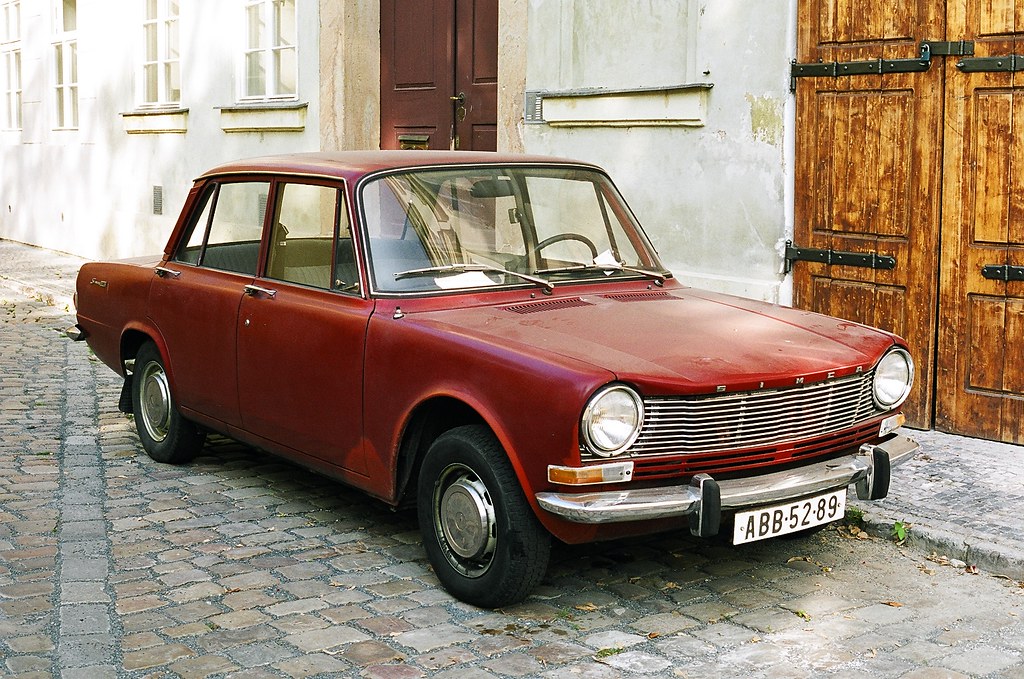
12. **Neglecting Vehicle History and Documentation**For any luxury car buyer considering a pre-owned model, a critical and non-negotiable step is a thorough examination of the vehicle’s history and complete documentation. Neglecting this vital aspect is a “no-go” that can lead to unforeseen and significant financial repercussions down the line. A luxury car without a comprehensive service and repair history is a red flag, regardless of its age or apparent condition.
The vehicle history report, alongside a meticulously maintained service book, provides essential insights into the car’s past life. This includes crucial details about previous maintenance schedules, any reported accidents, and the number of prior owners. This information collectively impacts the car’s long-term value, reliability, and crucially, its safety. Skipping this review means buying blind, exposing yourself to considerable risk.
When records are incomplete or missing entirely, it creates a vacuum of “clarity about accidents, recalls, or serious repair defects.” These undisclosed issues can manifest as very expensive problems later on, transforming a seemingly good deal into a costly liability. Imagine discovering a hidden structural repair from an unreported accident, or a recurring mechanical flaw that demands constant, specialized attention.
Therefore, heed the advice: “No service book? No trust.” Insist on seeing comprehensive documentation that validates the car’s provenance and upkeep. A reputable seller or dealership will readily provide this. This meticulous approach protects your investment, ensures peace of mind, and helps you avoid inheriting another owner’s expensive problems, ensuring your luxury car purchase remains a source of enjoyment, not regret.
Read more about: Unlock Top Dollar: The Ultimate Popular Mechanics Guide to Boosting Your Car’s Resale Value Through Smart Detailing
The journey into luxury car ownership is a thrilling prospect, promising unparalleled driving experiences and a significant upgrade to your lifestyle. However, as this guide has meticulously detailed, this exciting venture can quickly turn into a financial quagmire if common pitfalls are not carefully navigated. From understanding the true total cost and securing optimal financing to making informed choices about new versus pre-owned models and scrutinizing every detail, diligence is your greatest asset. By arming yourself with knowledge and prioritizing pragmatic decision-making over impulsive desire, you can confidently steer clear of these financial follies. This ensures your luxury vehicle remains a symbol of achievement and joy, enhancing your daily life for years to come, rather than becoming a regretful monthly payment.


